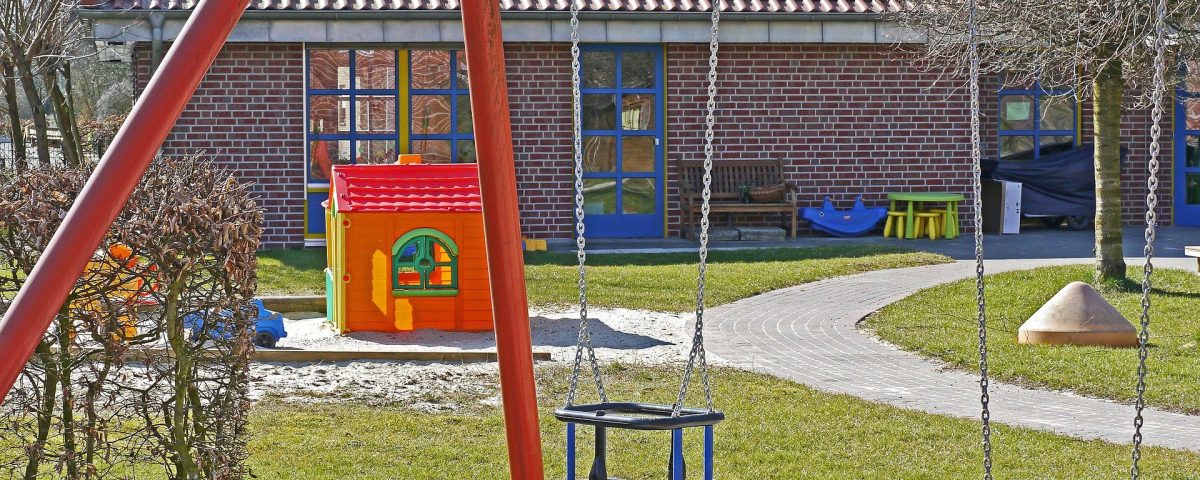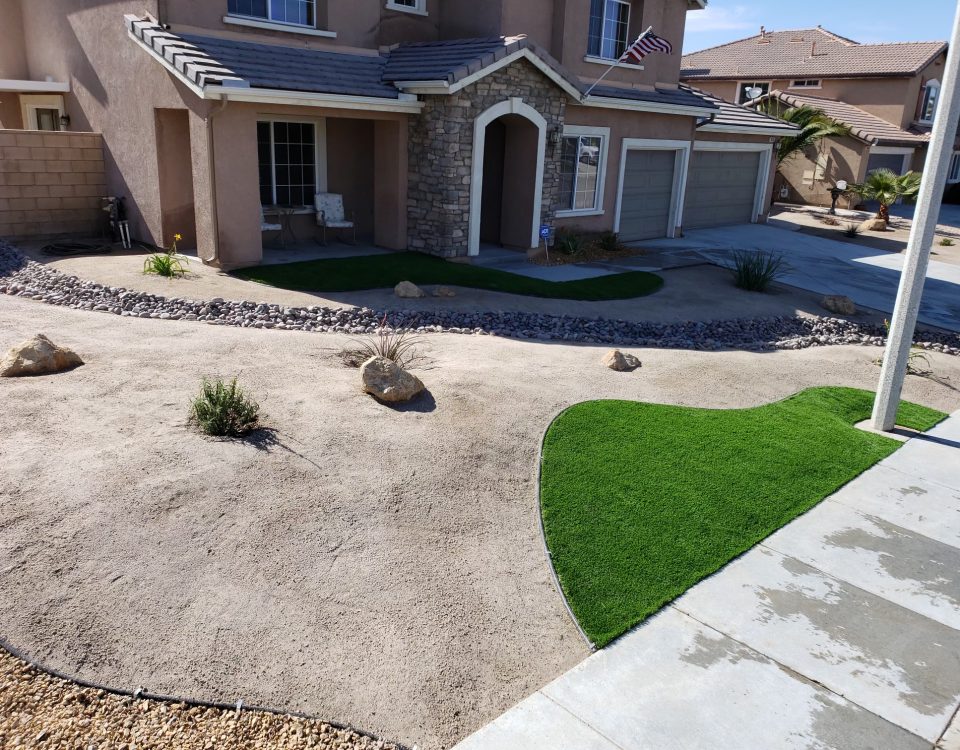- Environmentally Friendly Landscape Supply
- (661) 878-8886

Enhance your landscape’s curb appeal
June 5, 2021
Types of rock to use for your waterfall design
June 5, 2021Sand is flexible and can keep kids busy for endless hours. They can doodle on it, create shapes, form balls to throw at each other, and play multiple games whether alone or with the company. The fun part of sand is that it gives constant feedback, especially when forming objects with it.
Putting a sand feature or sandbox in your playground may seem like a small investment but it comes with big returns. Sandboxes and sand are fairly affordable except for those custom projects like in-ground sand and sand boats areas. Such can be quite expensive.
Families, especially those with kids between 2 and 5 years enjoy playing in the sand. They can use the playtime to teach kids basic lessons such as drawing shapes and numbering. In this article, we will be looking at some of the ways you can creatively incorporate sand in your playground design.
Above the Ground Sandpit
With above-the-ground sandpits, also referred to as raised sandpits, the playground is designed with playable edges and seated edges. These edges act as fences and are used to separate and contain the sand.
Raised sandpits are great for games that involve adults. However, they may be unsafe and not favorable for younger kids as they cannot crawl in and out comfortably. Sand will also be harder to sweep back up into the sandpit after play. The edge may additionally cause tripping hazards or reduce visual supervision across the site.
Built-in Ground Level Sandpit
This is the most recommended playground design. First, you reduce the risks involved with climbing as in the case of a raised sandpit. It’s a great design especially in places where the surrounding structures are already raised. For instance, outdoor kitchens.
Ground-level sand pits are safe for kids since there are no edges to climb over. The design mimics nature and compliments the plants around its edges. It also offers easier maintenance from daily sweeping of sand straight in or tipping sand in when topping up.
Built in Sandpit with Water Play Incorporated
This is basically a ground-level sand pit built with built-in water pool. It is safe for adults and accompanied kids. The sandpit is designed like a fence or edge that people can sit on and dip their legs into the water. Some designs resemble a kids swimming pool.
Important Considerations When Incorporating Sand in a Playground
The main feature on a site is the sandpit. Its shape, size, and locations are important when it comes to optimizing the space in your compound. The edges should be considered carefully to reduce sand travel and other hazards.
These are the top considerations when incorporating sand in a playground.
· Sand type: the quality of sand is mainly dependent on its source. Beach sand is the most recommended sand type for playgrounds.
· Location: there needs to be a space – or lawn between the playground and the house to ensure kids run through it to get to the house. When you are too close to the house, sand will always travel inside and this makes the playground an unpleasant addition.
· Safety: the age of the users needs to be a factor whenever you are determining a sunken or raised edge sandpit since the sides can easily become a tripping hazard for the younger kids or the elderly.
Finally, playgrounds are a one-time investment. They may need maintenance but the maintenance costs are negligible. We recommend professional assistance in choosing the location, designing, and installation. This way, you will be sure you have the ideal location, proper workmanship, and right materials.


